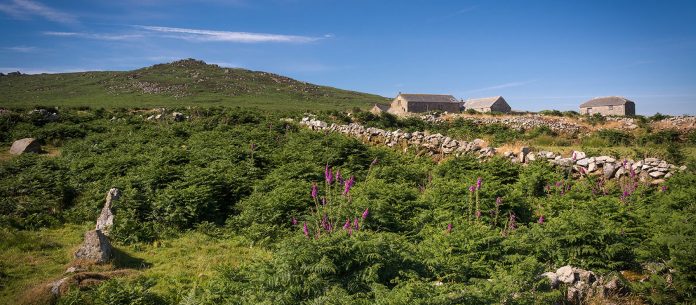Whether you are planning a staycation in England or visiting on the trip of a lifetime, the National Trust is an amazing resource for tourists and travellers. It owns and manages forests, beaches, islands, archaeological sites, historic houses, gardens, farms, moorland, pubs and one of the largest art collections in the world.

The National Trust encompasses:
- 775 miles of coastline in England, Wales and Northern Ireland
- Over 500 historic houses, castles and ancient monuments
- 200 gardens
- 61 pubs and inns
- 618,000 acres of farmland managed by 2,000 tenant farmers
- 32 National Plant collections
- 49 churches
- 9 monasteries
- Almost 1,000,000 works of art
This charitable trust aims to preserve and protect special places in England, Wales, and Northern Ireland forever, for everyone. A separate National Trust for Scotland was established in 1931 and now preserves and protects some amazing properties north of the border.

Visitors can turn up at any of the National Trust properties, beaches or parks and pay the admission fee, which ranges from zero to about £15. However, the annual adult membership fee of just £69 provides free unlimited admission to all the properties. With over 4 million members, the National Trust actually has more members than all the UK’s political parties put together!
How the National Trust began
The symbol of the National Trust is an acorn and the saying “mighty oaks from little acorns grow” exemplifies its work. It was founded in 1895 by Miss Octavia Hill, Canon Hardwicke Rawnsley and Sir Robert Hunter, three philanthropists who were concerned about the effects of urbanization on Britain’s heritage.
They decided they needed to do something to save some of the grand country estates, historic homes, and scenic open spaces of the countryside from development and/or decay. It has grown to become one of the largest charities in the UK.
The first property they rescued was actually a garden – Sayes Court in S.E. London. As the National Trust gained momentum, collecting revenue from visitors and reinvesting in the growing portfolio, they were also bequeathed castles, nature reserves, historic buildings, entire villages and places of special interest to the nation.
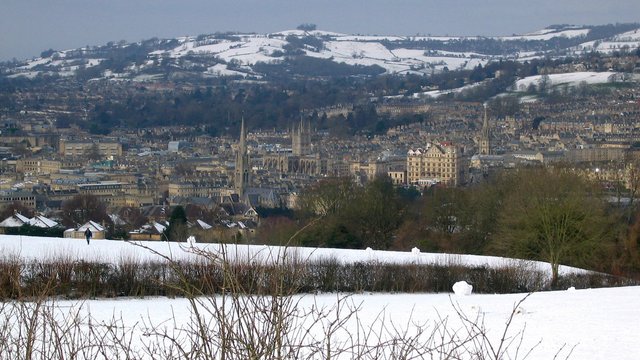
Many of the staff are volunteers (60,000 of them!) and they do everything from welcoming visitors, monitoring the rooms and manning the gift shops to behind-the-scenes cleaning, flower arranging, and organising special events.
Are you a history lover? Explore the top National Trust attractions
Some of the most significant National Trust properties include:
- The Marconi Centre in Cornwall where the world’s first Transatlantic radio transmission was received from Marconi in Newfoundland
- The George Inn in Southwark featured in Dickens’ classic Little Dorrit
- The Regency Theatre Royal in Bury St Edmonds
- The cloisters at Lacock Abbey (better known as the film set for Hogwarts in the Harry Potter films
- The apple tree at Woolsthorpe Manor where Sir Isaac Newton discovered the concept of gravity
- The humble Liverpool council houses of the Beatles legends John Lennon and Paul McCartney were brought up in complete with 1950s era furnishings, wallpaper, and memorabilia
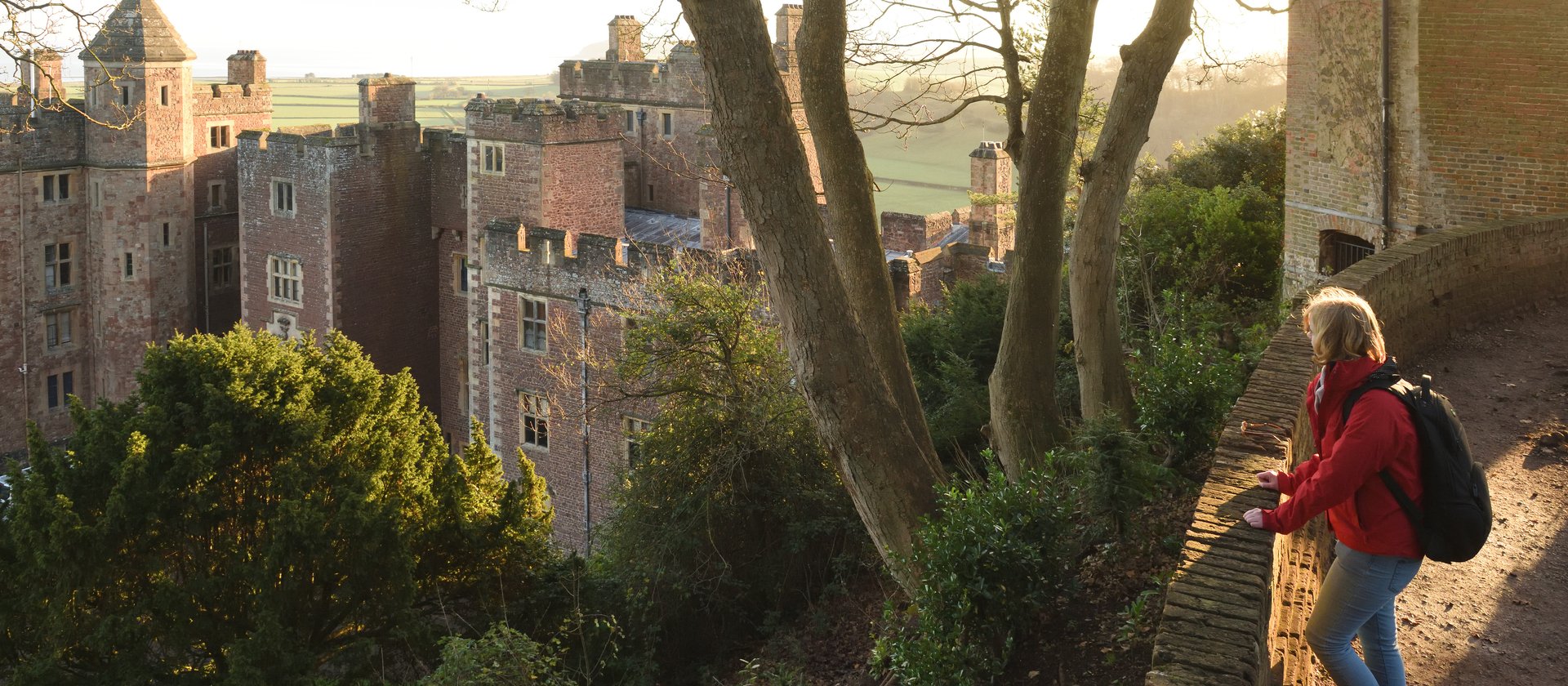
If you want to visit a fully-restored and inhabited castle, look no further than Dunster Castle on the edge of Exmoor in Somerset. Dating back to the 12th century, this restored Norman castle includes a gatehouse, chapel and fortified manor house. Look out for the 13th-century iron gate and the working watermill. Dunster village is equally charming, with independent shops and tearooms around the Yarn Market. The best time to visit is in December when the village is lit by candlelight and carol-singers entertain shoppers and visitors.
Enjoy walking? Here is the list of top attractions for walkers
The National Trust owns the village of Buttermere in the scenic Lake District National Park. You can walk around the lake in about two hours. Join the 4.5-mile footpath at the Bridge Hotel and enjoy refreshments on your return.
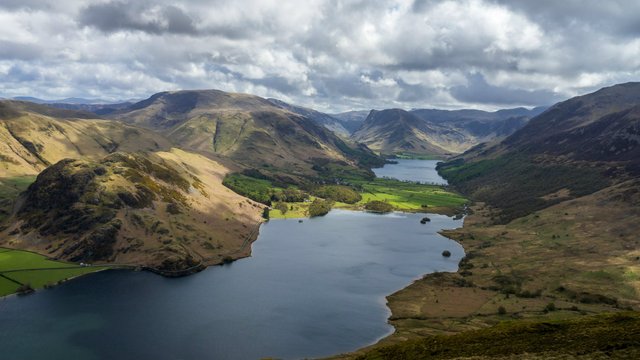
Lydford Gorge in Devon is a popular walk to the 30-metre high Whitelady Waterfall and the swirling Devil’s Cauldron.
Lundy Island, famous for its puffin and seal colonies, is perfect for walking and even has its own postage stamps! Take the MS Oldenburg from Bideford or Ilfracombe and enjoy the two-hour boat trip.
The top National Trust attractions for families
Families with children are always welcome at National Trust properties and during school holidays, most NT properties have special events. You may be able to paint an egg for Easter, build a den in the woods, or follow a treasure hunt for a prize.

Some of the most family friendly places to visit are:
Badbury Hill in Oxfordshire, a local beauty spot that is free to visit. Once a mediaeval battle site between King Arthur and the Anglo-Saxons, the top of the hill has the remains of an Iron Age Hill Fort known as Badbury Camp. With nine acres of woods and space for youngsters to run and explore, it is also popular for mountain biking and dog-walking. Best time to visit is late May when the area is covered in bluebells.
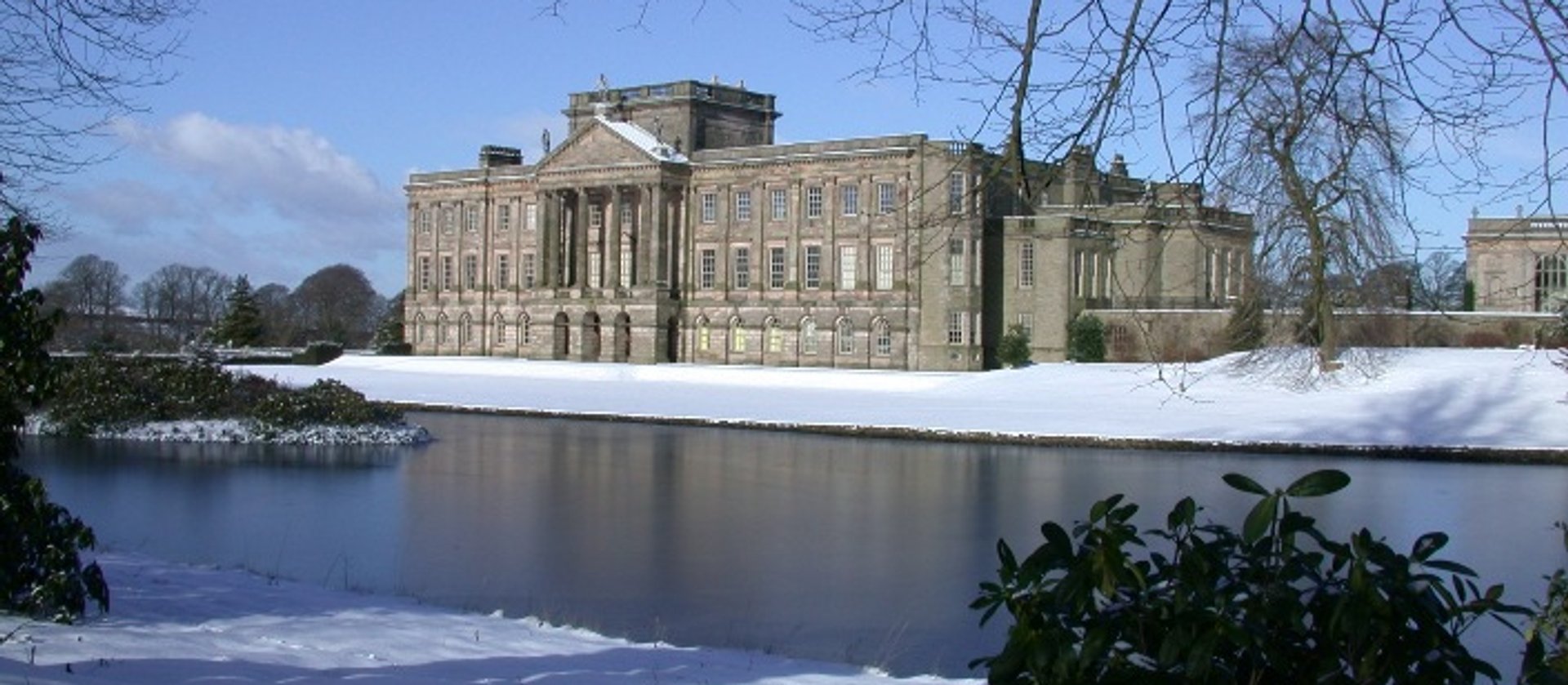
Lyme Park, Cheshire, was the setting for the BBC filming of Pride and Prejudice. The 1,359-acre estate includes a Grade I listed mansion and formal gardens. Families can picnic beside the mill pond and stream while kids paddle, feed the ducks and build a dam. Walk up the hill to the folly/tower known as The Cage or use your phone to track down some of the geocache sites dotted around the park. The excellent children’s play area includes slides, rope bridges, swings and a wooden galleon.
Acorn Bank in Cumbria will spark the imagination of children. Watch the working waterwheel, search for fairies in the houses in the woods and climb inside the Dalston Oak, the oldest tree on the estate.
Those in search of a real castle to explore will love the 1000-year-old Corfe Castle in Dorset, now a romantic ruin with far-reaching views of the Isle of Purbeck from the walls. Arrive by steam train from Swanage for an unforgettable 20-minute experience.
Wherever you live or visit, there will be a National Trust property nearby. Check out the website and see what’s on for an unforgettable day out in the UK.
For more information on the National Trust, top attractions, and membership, please log in to www.nationaltrust.org.uk


